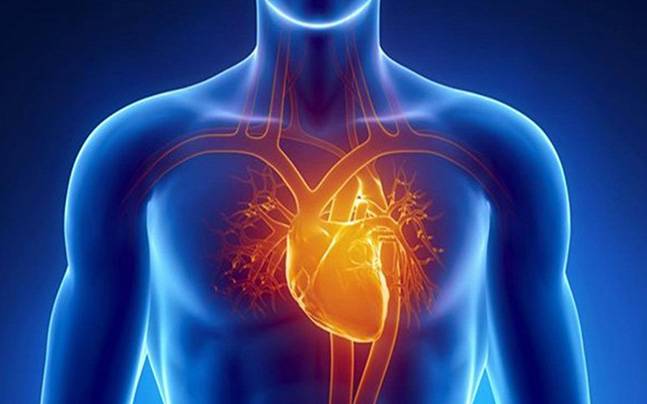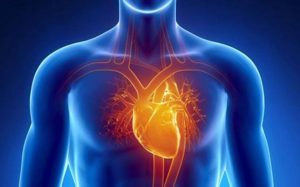A great article was published today on eHealth which gives an excellent overview of what Brugada is, and I recommend that you read the whole article by clicking HERE.
Below is a summary of Brudaga Syndrome based on the information provided by the article.
- It is a genetic heart rhythm disorder.
- A defect in the right upper chamber of the heart cells can cause the heart to beat abnormally and spin electrically of control. This dangerously fast heart rhythm is called ventricular fibrillation.
- Sudden Cardiac Arrest or Sudden Cardiac Death is often a result of the chaotic ventricular fibrillation heartbeat.
- Signs and symptoms include fainting, irregular heartbeats or palpitations, extremely fast chaotic heartbeats (sudden cardiac arrest)
Personally, I have experienced all of the above. I found that the disease is usually discovered when it’s too late. Often a family member dies from it, and through genetic testing, you can then see if other family members are at risk. It is possible that I have four or more family members who may have died from Brugada but the condition was not yet discovered. Brugada can be found through a standard 12 lead ECG examination, but often, in my case as well as in one of my relatives, it is not visible on an ECG unless your body is going through some kind of stress such as fever, extreme stress in life, infections, and fatigue. I did have some dizzy near fainting spells before I experienced my first ever Sudden Cardiac Arrest. I brushed off as maybe being a head rush from skipping a meal and being tired. It’s something now that I look back at that was a prominent warning that I ignored. Genetic testing is a way to best identify if you are at risk. Just because you have the gene, it doesn’t mean that you will have symptoms or be at risk. I do have one relative who has the gene, and he has yet to show any signs even when he has a fever. I hope you find above article as informative as I did.
Vittorio



Recent Comments